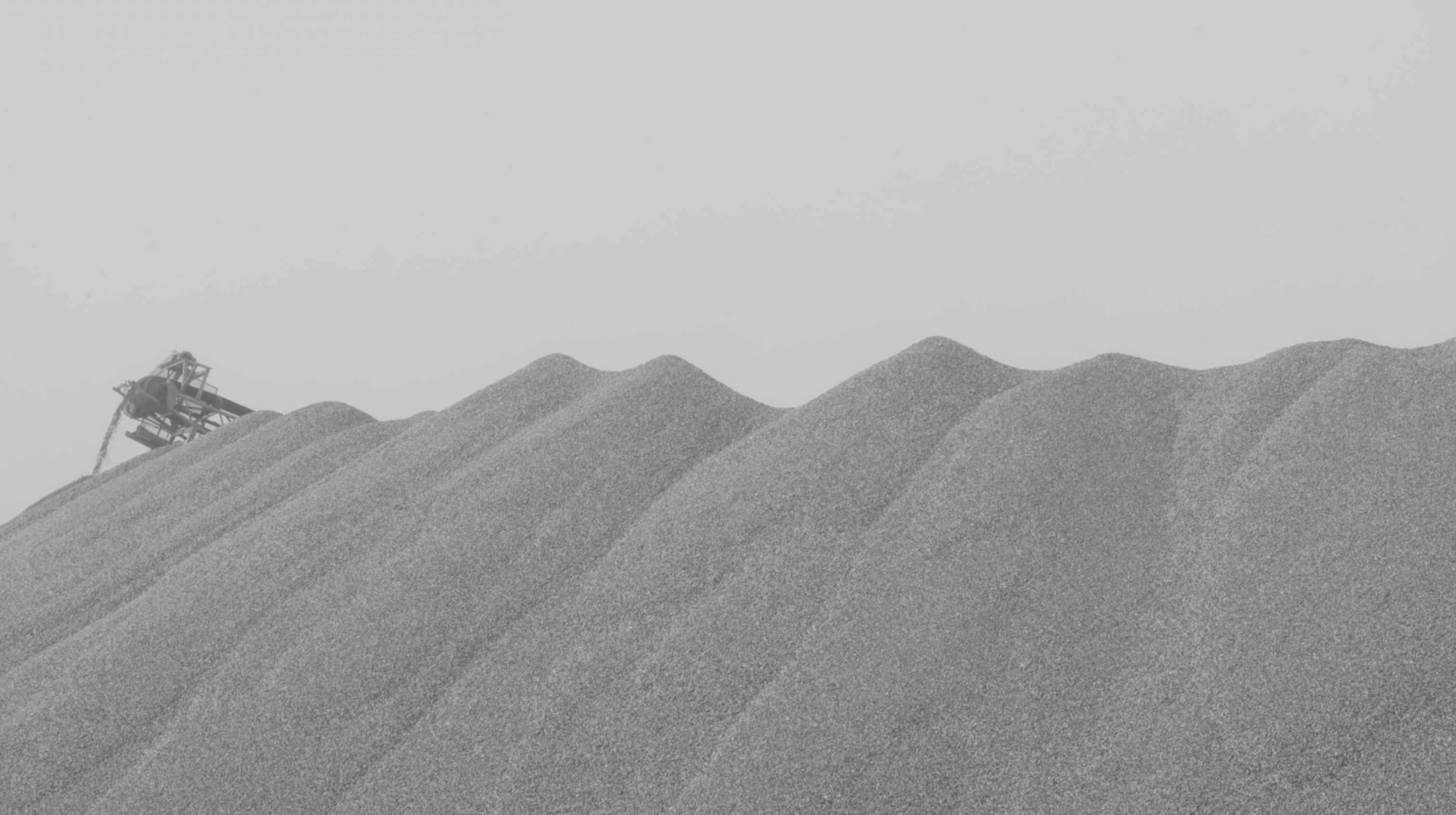BRAIDED SAND
SYNOPSIS
What if the rock could be a lens? And if it’s not a question of if, but when?
Braided Sand engages the geologic materiality of imaging and communication technologies. There is no lens without sand, which itself is the result of millions of years of geologic activity. Filmed at a sand mine, a glass factory, and a nanotech laboratory, the film moves between observation and abstraction, juxtaposing human and geologic timescales, plunging the viewer into churning industrial environments to lay bare the weighty earthly bases of seemingly invisible and immaterial infrastructures.

FILMMAKER BIO
Tracy Abbott Szatan is an artist working across video, glass, and installation to activate the tenuous and shifting edges between the perceptible and the imperceptible. Her research engages histories of imaging technologies and the materiality of light and of human and nonhuman perception in order to explore the poetic possibilities humming both within and just beyond our perceptual experience. She received her B.A. from Brown University and is a co-founder of the graduate-led film program Cinéseries at the Wexner Center for the Arts
Tracy Abbott Szatan is an artist working across video, glass, and installation to activate the tenuous and shifting edges between the perceptible and the imperceptible. Her research engages histories of imaging technologies and the materiality of light and of human and nonhuman perception in order to explore the poetic possibilities humming both within and just beyond our perceptual experience. She received her B.A. from Brown University and is a co-founder of the graduate-led film program Cinéseries at the Wexner Center for the Arts
DIRECTOR STATEMENT
How can we perceive deep time? How do we become present to our embeddedness within its layers? In 1947 photographer Henri Cartier-Bresson enshrines the notion of “The Decisive Moment” into photography’s history. The Decisive Moment he describes, “is the simultaneous recognition, in a fraction of a second, of the significance of an event as well as of a precise organization of forms which give that event its proper expression.” But how does our understanding of the moment shift if we understand these forms as forms of time, if we situate the decisive moment within the strata of geologic time? The glass of Bresson’s lens is made from sand deposited hundreds of millions of years ago, the result of the growth and erosion of entire mountain ranges, the expansion and retraction of entire seas and glaciers. These are decisive moments 300 million years and more in the making.
This work contemplates a material relationship whose poetry emerges from seeming paradox — that what is heavy, opaque, and the result of millions of years of geologic activity is transformed into something transparent, evermore thin, and part of technologies that increasingly speed up human experiences. In juxtaposing the primordial with the fleeting instant, this work intends to call forth an underlying and constant oscillation.
FILM STILLS






